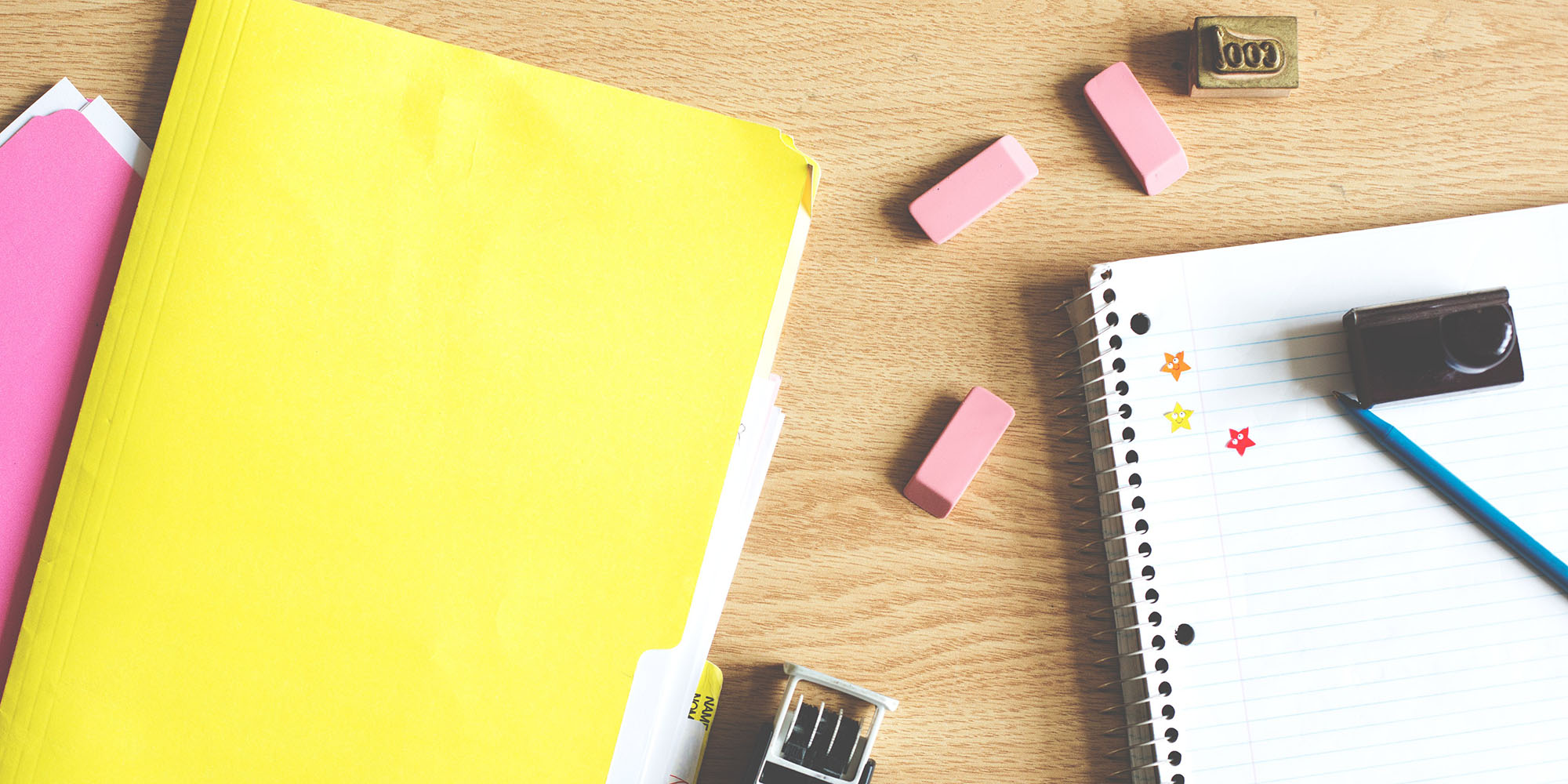I know you are already thinking about school. Or at least you are dreaming about it, as ‘teacher dreams” begin creeping into our psyche just about now. This promises to be a landmark year, full of re-acclimation, adjusting, and awareness about unfinished learning from our time in the pandemic.
Unfinished learning is usually a result of disruption in learning, causing students — particularly those students who are marginalized — to miss out on skills and concepts required to progress to subsequent content within our current education system. Educators are no strangers to re-teaching concepts that students struggle to grasp, but this is bigger than that. Much bigger.
Consider this hypothetical class of 35 students. This example is for illustration purposes; you decide whether it’s realistic…and I think we can agree that it is.
- 10 students have been present daily for distance learning.
- 5 students do not have access to reliable internet.
- 5 have been learning in the hybrid model, straddling both in-person and distance learning.
- 5 are struggling with a range of mental health disorders that can prevent engagement.
- 10 do not show up for distance learning, because of any or all of the following reasons: no access to technology at home, a parent experiencing unemployment, sickness, no adult at home to supervise, specific learning challenges best remedied by face-to-face learning, and more.
With the above class, whether in-person or virtual, student needs are diverse. Fortunately, some of the remedies for unfinished learning and teaching fall under what we already know as best practices:
- Focus on Social and Emotional Learning (SEL) strategies! Extra attentiveness to relationship building, along with a healthy dose of empathy and compassion, can pave the way for more engaging student learning.
- Administer appropriate diagnostic and pre-assessments, along with interest surveys and learning preference surveys, to understand what students have learned, and to identify the learning gaps for unfinished learning.
- Consider using a parent survey to gather information about immediate concerns for their children, with an emphasis around unfinished learning.
- Our favorite way to learn about students’ goals: Ask them! Identify student academic and personal goals to tailor individualized instructional planning for unfinished learning that is relevant to each child’s unique learner needs.
Hopefully, you’ll be able to apply these tips to help you and your students work with unfinished teaching and learning. And we are just getting started, Teaching Channel just released a new online course on this timely topic to dive deeper into strategies for bridging the learning loss gap with acceleration, recovery, and retention.
Course 5147: Bringing Students from Unfinished Learning to Soaring Achievement






